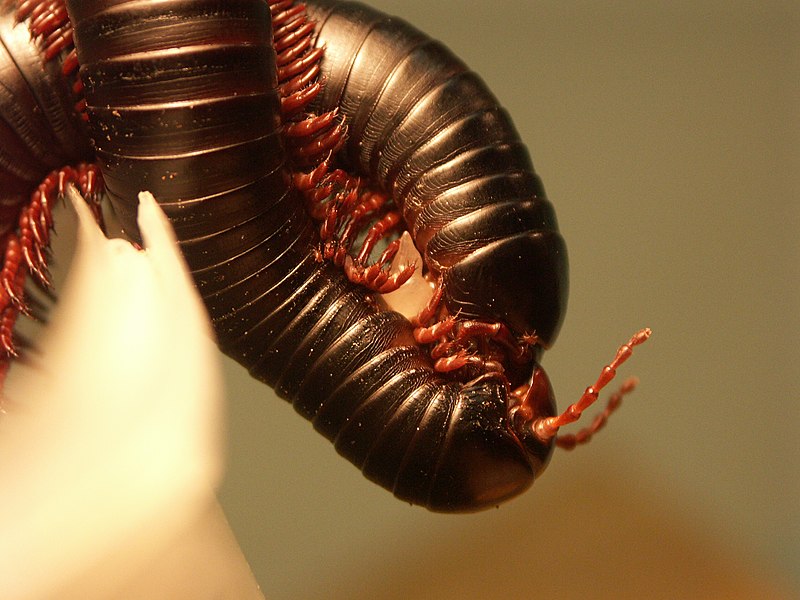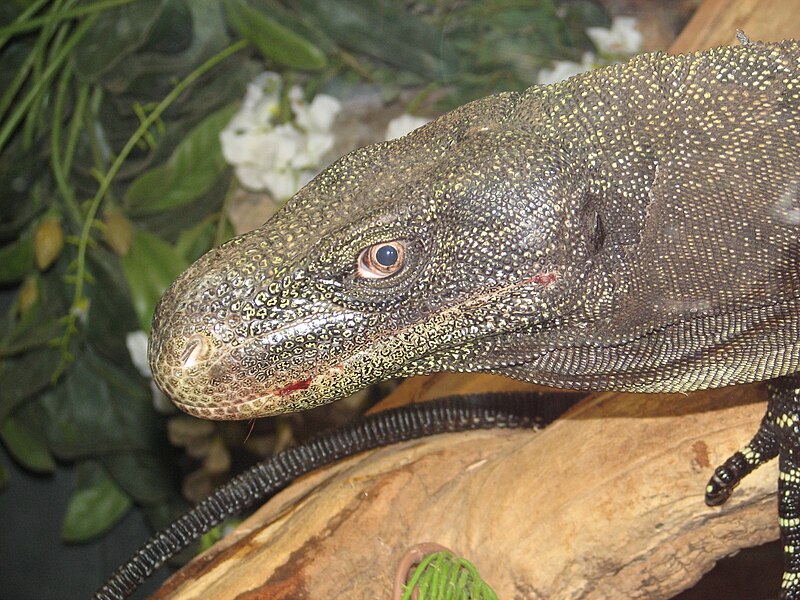I’ve been fortunate in having had many adventures with reptiles. Some took place in the exotic locales I dreamed of visiting as a child, but one of my first was situated in far less promising surroundings – the sewers below the Bronx, in NYC!
The Legend
I grew up hearing tales of huge alligators that supposedly cruised the sewers of NYC, warmed by the steamy air and gorging on rats, roaches and garbage. In the  1950’s and 60’s, huge numbers of baby Spectacled Caimans (Caiman crocodylus), dubbed “alligators”, were sold to tourists visiting Florida. In fact, I was presented with just such a creature by my grandfather. As the story went, the “gators” wound up in sewers after being flushed or dropped there when they became ill or too large for their owners to manage.
1950’s and 60’s, huge numbers of baby Spectacled Caimans (Caiman crocodylus), dubbed “alligators”, were sold to tourists visiting Florida. In fact, I was presented with just such a creature by my grandfather. As the story went, the “gators” wound up in sewers after being flushed or dropped there when they became ill or too large for their owners to manage.
My Golden Opportunity
When I was 10 or 11 years old, construction on the street outside my home gave me a long-awaited opportunity…the chance to sneak down into the sewers on an alligator hunt. I couldn’t imagine a more fortunate set of circumstances, and felt sorry for the many children deprived of such a grand adventure!
Provisioned with a hook, line and pilfered cold cuts, I spent many summer afternoons stalking the mythical beasts below the streets of the Bronx. I did see “wildlife” – rats, mice and roaches – but I did not catch any alligators (or infectious diseases, thankfully!).
Fortunately, my interests were wide, and with the aid of my books and the (very!) patient, kind-hearted folks at the American Museum of Natural History’s Invertebrate Department, I was able to determine that at least 3 different species of cockroach roamed the area.
The Reality of NYC’s Sewer Gators
Of course, NYC’s sewer system is a less than ideal home for crocodilians of any type – cold winter temperatures, a lack of sunlight and a poor diet would doom the 
I recently expressed that opinion in an interview that was scheduled to air on the TV show “Monster Quest”. However, I upon watching the episode I found that I had been “deleted” – hopefully because my comments were not “dramatic” enough, and not due to my poor on-air appearance!
Some Real NYC Crocodilians
About 10 years ago, a young Spectacled Caiman did wind up being caught in a filter at a water treatment plant on the Bronx River…perhaps the first solid evidence of a free-living crocodilian in NYC. The animal had likely been dumped by its owner a short time earlier, but we could not trace its history.
A young alligator, released into a lake in Central Park a few years back, put Manhattan on the map as crocodilian “habitat”.
Working with Crocs
 Happily, as time went on I was able to work with 15 or so species of crocodilians in zoos and the wild. Please see the attached photos – the beast charging me is a marsh crocodile, Crocodylus palustris, the long-snouted fellow being led into the net is an Indian gharial, Gavialis gangeticus, and the white specimen is an albino American alligator, Alligator mississippiensis.
Happily, as time went on I was able to work with 15 or so species of crocodilians in zoos and the wild. Please see the attached photos – the beast charging me is a marsh crocodile, Crocodylus palustris, the long-snouted fellow being led into the net is an Indian gharial, Gavialis gangeticus, and the white specimen is an albino American alligator, Alligator mississippiensis.
 That Reptile Blog – Reptile, Amphibian and Exotic Pet Care and Information
That Reptile Blog – Reptile, Amphibian and Exotic Pet Care and Information


 and in the hopes of providing as many nutrients as possible, I began offering African giant millipedes a wide variety of food items. With the help of colleagues here and abroad, I eventually arrived at a diet that has allowed me to breed a number of native and exotic millipedes, and to maintain individual animals for over 10 years.
and in the hopes of providing as many nutrients as possible, I began offering African giant millipedes a wide variety of food items. With the help of colleagues here and abroad, I eventually arrived at a diet that has allowed me to breed a number of native and exotic millipedes, and to maintain individual animals for over 10 years. Crocodile Monitors approach 9 feet in length – nearly as long as the famed Komodo Dragon, but less stoutly built. There are recurring but unverified reports of much longer individuals.
Crocodile Monitors approach 9 feet in length – nearly as long as the famed Komodo Dragon, but less stoutly built. There are recurring but unverified reports of much longer individuals.